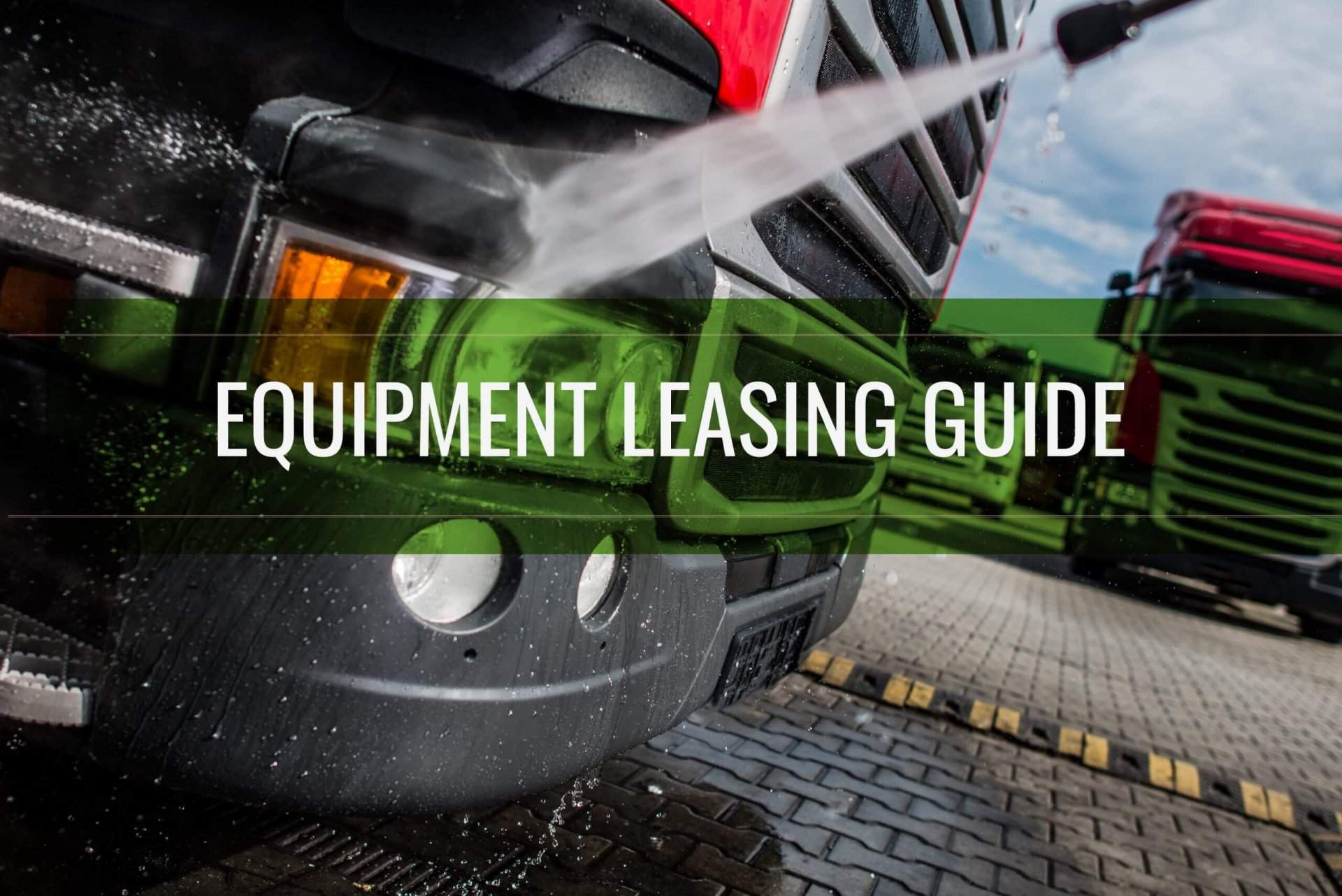Equipment Leasing – Guide

Equipment Leasing – Guide
Today, many businesses use state-of-the-art equipment for a competitive edge. You know that the latest security system, efficient factory machine, or the latest car model. It calls for a significant business budget; getting appropriate funding is crucial. Why not lease it? Are you new to equipment leasing? Here is a quick guide.
Demystifying Equipment Leasing
Businesses may opt to lease their equipment, including farming or manufacturing machines, construction tools, copiers, or computers. Here, the equipment owner or lessor agrees to rent out the property to the tenant or lessee, in return for some agreed regular payments over a certain period.
In all equipment lease agreements, the lessor is the owner of the asset. The lessor will set the terms for rent and use of the equipment. In turn, the lessee may negotiate for terms that are most conducive to their business. Afterward, both the lessor and lessee must meet their obligations as per the agreement.
A lessor may file a civil lawsuit or leave a derogatory remark on the lessee’s credit report or both if the lessee:
- Defaults on the terms of the agreement
- Uses the equipment for illegal activities
Still, the lease agreement may have an early termination clause, allowing either party to abandon the agreement when the other party does not meet their obligations.
Types of Equipment Leasing
- Capital Lease or Finance Lease
Often, the lease term is equivalent to at least 75% of the equipment’s useful life. The present value of the lease payments is at least 90% of the equipment’s fair market value. In such instances, the lessor may rent out the asset as a capital lease. That is, there is a transfer of ownership of the equipment when the lease term expires.
The lessee will have an option to buy the equipment at a discounted price. Plus, the capital leases appear as fixed assets in the lessee’s balance sheet. They depreciate and incur interest expense each year.
- Operating Lease or Fair Market Value Lease
An operating lease is a short-term equipment lease where there no transfer of ownership when the term expires. Instead, all the periodic lease payments are treated as operating expenses in the lessee’s income statement.
Hence, operating leases are tax-deductible, remove any risk of obsolescence, and are simpler to account for in the company books.
Components of an Equipment Leasing
Equipment leases can be straightforward or complex depending on the type of e equipment in question. Here are the key provisions of a standard equipment lease agreement:
- The Lease Period
- It varies between 12 to 36 months, depending on the company’s needs and the cost of the leased equipment.
- Payment Terms
- The lease agreement will stipulate when and how much the lessee will pay for the equipment. Plus, it details the conditions for any late payments.
- Periodic Payments
- The periodic lease payments include the insurance, fees, and other maintenance costs, as stipulated in the agreement.
- Equipment Fair Market Value
- The fair market value is crucial in calculating insurance costs or deciding between and capital and an operating lease.
- Tax Effect
- Capital leases attract a depreciation tax credit and an interest expense on the lease. In contrast, operation leases are accounted for as rental expenses.
- Cancellation and Renewal Policies
- Cancellation provisions may include punitive penalties to discourage either party from canceling the agreement midway. And, a renewal option allows extending the lease after its expiry.
The Leasing Process
Step 1: Equipment Leasing – Application
Here, the applicant fills a physical or online application form that captures such details as company details, banking details, equipment, and vendor details. Also, the applicant provides financial data that supports their credibility claim.
Step 2: Application Processing and Notification
It takes between 24 to 48 hours for the lessor to process the submitted application forms. Depending on the lease amount, the lessor may demand a business plan and the latest financial reports to verify the application.
Step 3: Lease Approval, Review & First Payment
The lease processing can either result in approval, rejection, or request for additional information. For endorsement, the applicant will receive, accept, and sign the lease agreement before making the first payment. Then signed agreement is to be resubmitted to the lessor.
Step 4: Delivery of Equipment
A lease is in effect once the agreement is received and signed, and the first payment is made. Here, the applicant is notified to this effect and expects the delivery of equipment and subsequent initial training, if any.
Step 5: Funds Release
The lessee or the equipment manufacturer receives the funds within 24 hours to 48 hours of the lease agreement becoming effective.
Should You Lease Your Equipment?
Your choice to lease or buy depends on your type of business and the type of equipment you need. Then, airlines and other large corporations opt for capital leases, while IT companies prefer operating leases. Peg your final decision on:
- Ownership vs. maintenance costs
- The purpose of the equipment
- The equipment fair market value
- How much you need to finance it
- The projected annual depreciation
- Applicable inflation and tax rates
- Applicable periodic lease costs
A startup making a lump sum purchase will hurt its cash flow, jeopardizing any short term obligations. Plus, the next technology updates may leave make the current equipment inferior or obsolete overnight.
Lease financing is a quick and affordable financing option, allowing the business to concentrate on providing the best service and staying productive.

